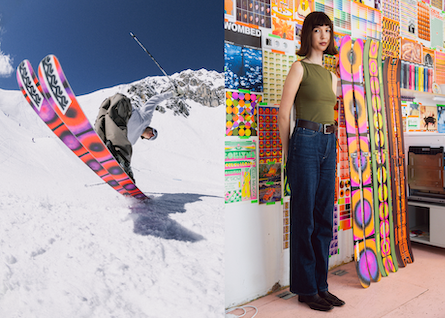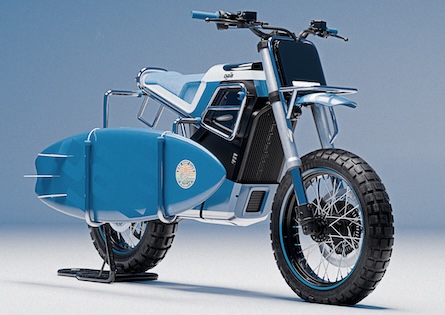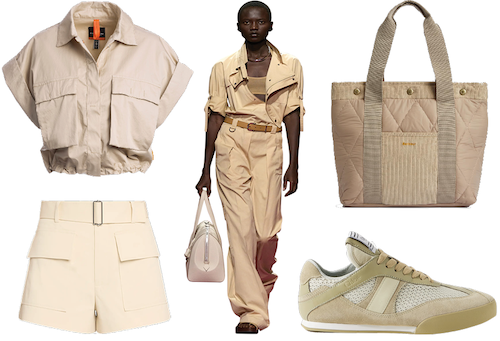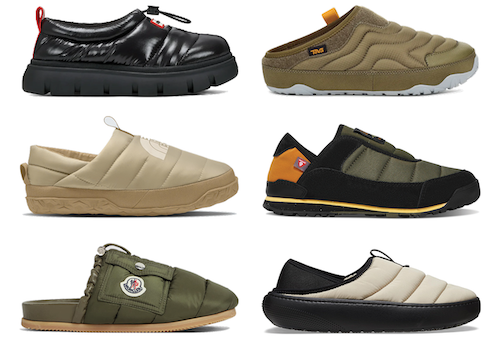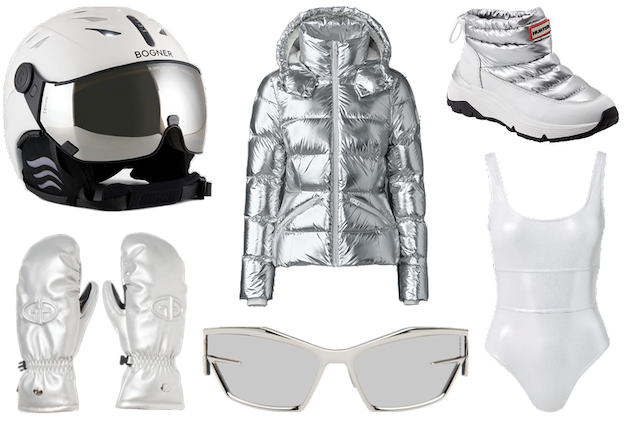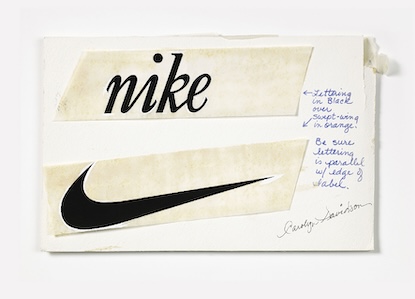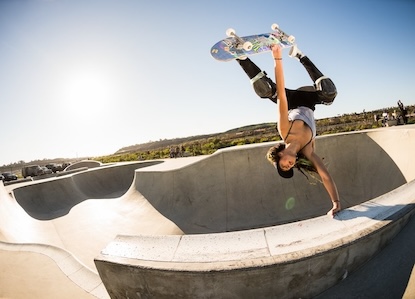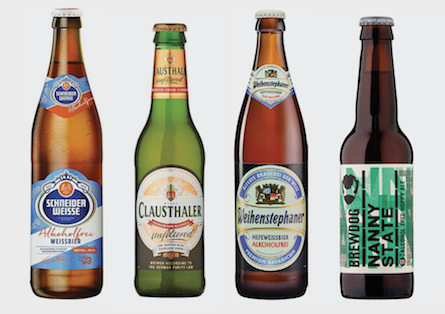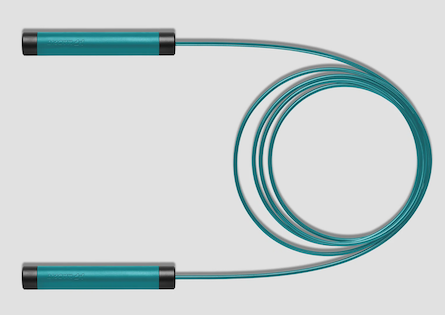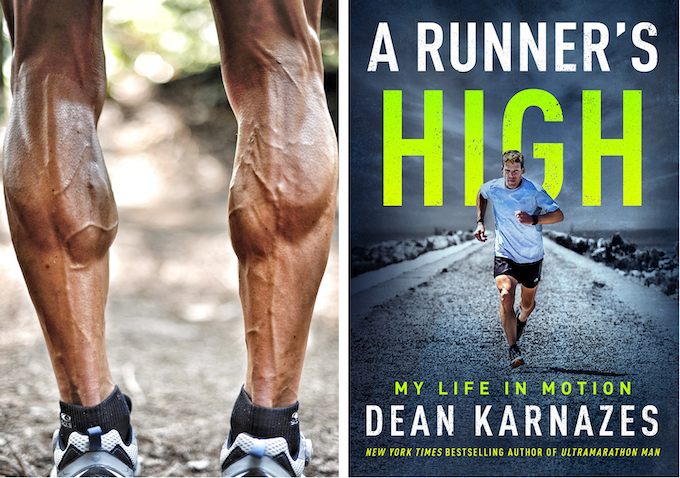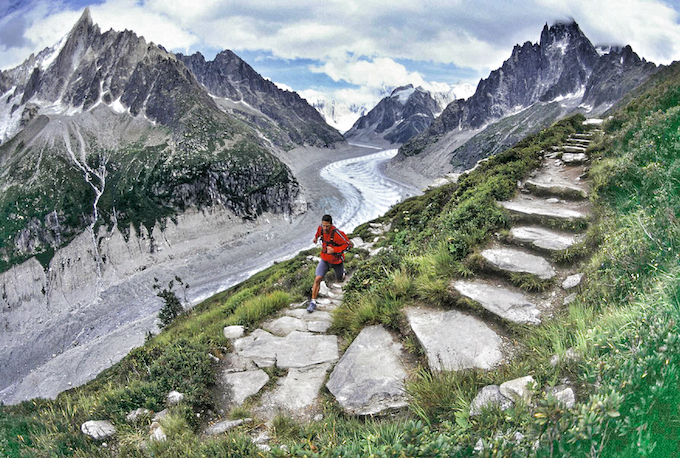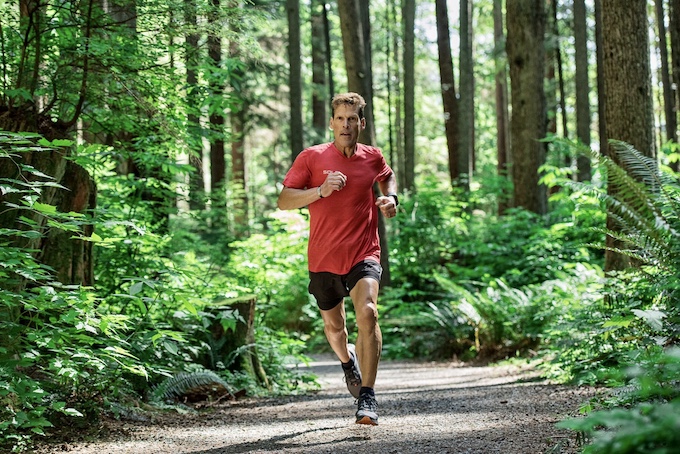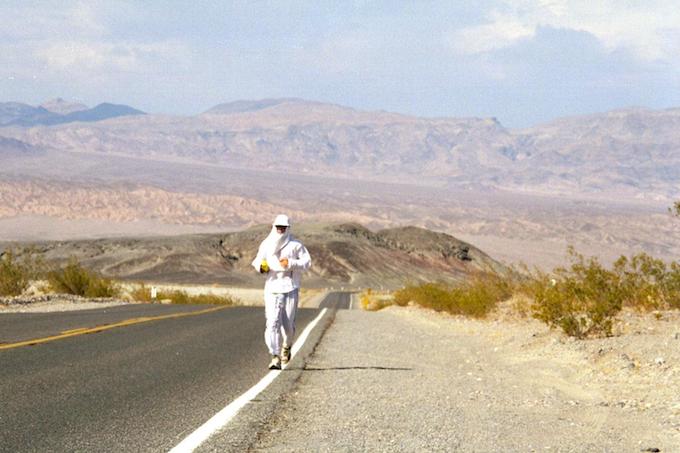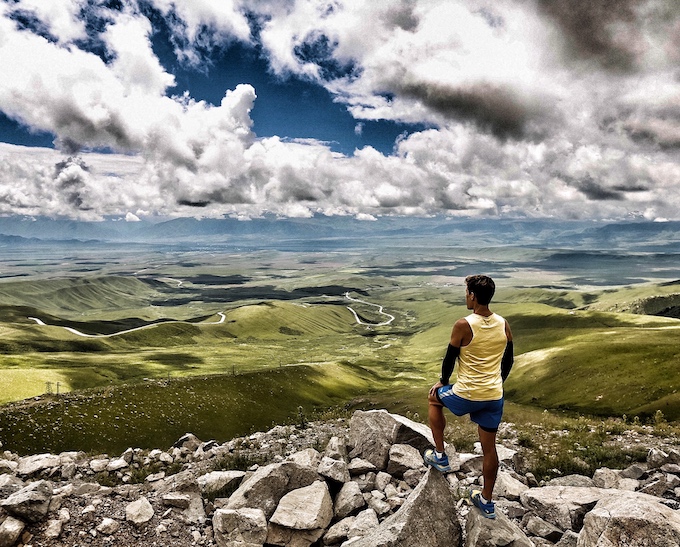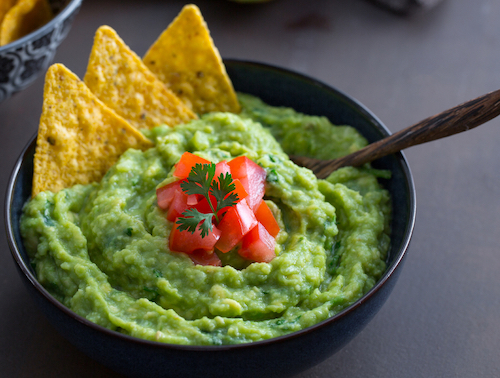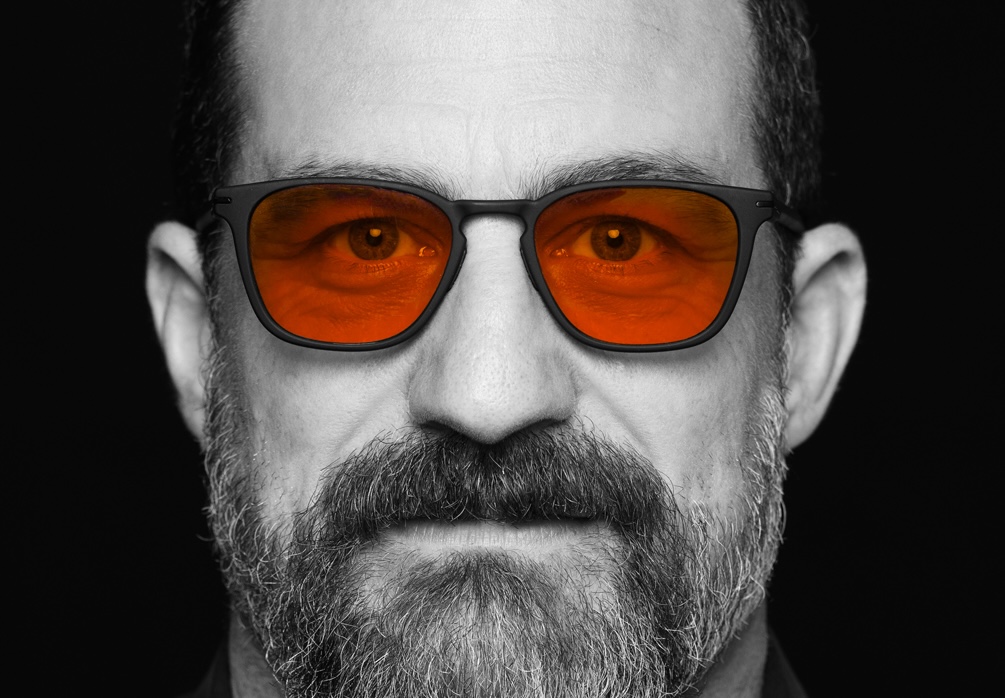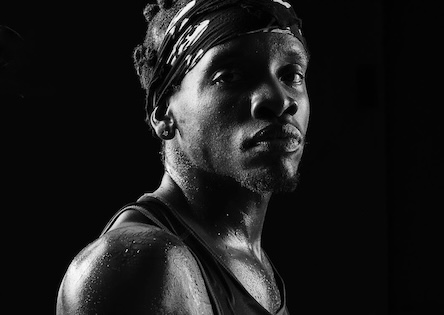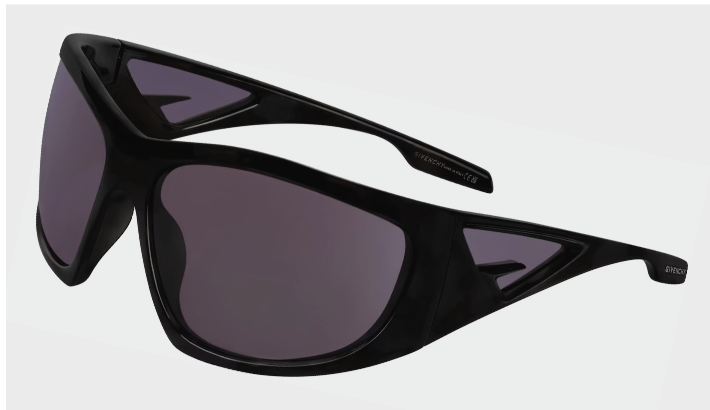I’ve run the NYC Marathon 3 times. 26.2 miles is a heck of a long way to run, not to mention the hundreds of miles you log training for it. At no point on any of these quests did I think to myself, ‘26.2 miles just isn’t enough… I really wish it was longer’. But in the booming sport of ultramarathons, races are 50, 100, 135 miles, and even longer. Equally as grueling as the distances are the conditions in which they are run.
Dean Karnazes is often credited with that booming popularity, and putting the sport of ultrarunning onto the map. For him, a marathon is a training run, and he usually runs one before breakfast. Karnazes completed his first ultramarathon in 1993. His first 100-miler was the famed Western States Endurance Run, a race that has become the marquis event of the sport. With just 369 spots, there are nearly 10 times the number of applicants. It’s the ultramarathon everyone wants to run, and comparable to the NYC Marathon, there is a lottery to get in. Karnazes is an 11-time 100-Mile/1 Day Silver Buckleholder in the event, which is awarded for completing the race in less than 24 hours.
In addition to other unfathomable challenges is the 135-mile Badwater Ultramarathon. It is run across Death Valley in the height of summer where temperatures have climbed as high as 130 degrees. Karnazes won it in 2004, in addition to five other top-10 finishes from 2000 to 2008. At the opposite end of extreme, he has run a marathon in the South Pole, with temperatures as low as -40 degrees. He has run across the United States from Disneyland to New York City in 75 days; 50 marathons in 50 states on 50 consecutive days; and, just this summer, 1000 miles across Australia.
A prolific author, Dean has documented all these races and the physical and emotional journeys on which they have taken him. His first book, Ultramarathon Man: Confessions of an All-Night Runner, became a New York Times bestseller and made him a household name outside of the sport. Dean is just out with his latest book, A Runner’s High: My Life in Motion, which is a riveting read whether you run or not. He takes us along for the experience of an ultramarathon step by step, from start to finish, in races as treacherous as they are long. The book opens at the Bishop High Sierra UltraMarathon with Dean going airborne on the side of a cliff. Like every good writer, he keeps us reading to find out what happens next.
I had the opportunity to speak to this legend of ultramarathons, interviewing him on @theV1VE. Below is an edited excerpt of our conversation, which I hope you enjoy as much as I did. And for those of you running the measly 26.2 miles of the NYC Marathon in November, Dean has some words of inspiration!
How did you get into the sport of ultrarunning? What motivated you to want to push beyond the 26.2 miles of a marathon?
I was in a bar in San Francisco on my 30th birthday, doing what a lot of people do on their birthday, drinking with my buddies. At midnight I told them I was leaving. “What? Let’s have another round of tequila!” I told them no, I was going to run 30 miles instead. They looked at me and replied, “You’re not a runner, you’re drunk.” I said I was drunk but I was going to do it anyway. I walked out of the bar and took off my pants. I had on these comfortable silk boxers, and stumbled off into the night, knowing that Half Moon Bay was 30 miles away. That drunken night changed my life.
Your training runs are most people’s training goals. I’ve read you run up to 7 marathons a week! As a professional ultramarathoner, tell us about typical “day at the office”.
A good day starts pretty early. I like to get up around 3:30 in the morning and run a marathon before breakfast. I live just north of San Francisco in Marin county and have full access to wilderness trails. I’m an author and have my entire home office set up at standing level. I never sit from when I get out of bed in the morning until I go back to bed at night. I have a pull up bar in my office, and a sit up mat, and I do sets of HIIT training throughout the course of the day. Then at about 4 or 5 o’clock I’ll go for a tempo run of 10-12 miles and do some speedwork. That’s what my day looks like.
Your new book A Runner’s High: My Life in Motion, is a fantastic read whether you’re a runner or not. You take us step by step through the course of a race, and we get to experience what an ultramarathon is like from start to finish. Death Valley, Western States 100, the South Pole. Tell us about some of these iconic ultramarathons.
I love running these extreme distances in extreme environments. The Badwater Ultramarathon in Death Valley is 135 miles in the middle of summer. I’ve run it when temperatures have been as high as 130 degrees. Can you imagine running in 130 degrees??
Nooo! How is it even possible?
When it’s over 110 degrees your skin will blister. I wear this white 100% UV protected suit. I run with a plant mister to cool myself off continuously. You’ll dehydrate in 5 minutes. You have to run on the white lines of the road because the asphalt gets so hot it will melt your sneakers. When I reflect on it, or go to Death Valley not even to run, I wonder how anyone can do this.
And for 135 miles! The Western States 100 is another iconic race. It seems like it’s the NYC Marathon of ultramarathons. It’s the one everyone wants to run. Why is it such a special race?
For me, it was my first and your first is always best. It was also the first 100-mile foot race in the world on a trail. Ironically it started as a horserace. One of the racers’ horses came up lame 3 days before the race and he said he still wanted to do it. When they asked him how he said, “I’m just going to run”. Somehow, he made it. Most people will never be able to do this race or even want to, but in A Runner’s High I try to describe the experience, what the heck happens during a 100-mile footrace. Maybe you’re curious: does your body decline, what do you eat, how do you sleep, where do you go to the bathroom? I try to describe all these things as I’m going through the race in the book.
And we get to experience a 100-mile race without having to run it ourselves! What you eat during an ultramarathon is mind boggling. In A Runner’s High you describe quesadillas and pina coladas at one of the aid stops. I’ve also read you will roll up and eat a whole pizza on a run! I barely get down a banana during the marathon, let alone melted cheese and bread!
I think I’ll never live down the pizza. I was running a 200-mile 12-person relay race solo. In the middle of the night I ran out of food, but I had a credit card and cell phone so I just ordered a pizza. A lot of people listening are thinking how I could possibly eat a pizza while I’m running, but it’s 200 miles and 46 hours. It’s not like a marathon where you have a very discrete finish line and you’re pretty focused on that. These races stretch on for days and you can’t just rely on bananas and gels — although I know people that eat 60-70 gels during 100-mile race.
That sounds just as bad actually! I want to talk to you about gels and fuel. You go from one extreme to the other. You talk about eating pizza on a run to intermittent fasting, and that now being a regular part of your nutritional regimen. Fueling for endurance sports has changed radically in the last few years. Carbo loading used to be the norm, and eating those sugary gels throughout a race. That’s shifted to using fat as a source of fuel. Tell us about that shift and what you do. Is it one size fits all?
Things have changed quite a bit in that regard. I remember going to pasta dinners before a marathon and showing up at the starting gate feeling so bloated and still full. The last time I ran a race, I did it fasted and had just a cup of water at the midway point. We know now that fat is great source of fuel and that we have a lot of it, even men, and you can rely on it for energy. It’s much more efficient to power your body with fat because there are 9 calories per gram vs. 4 calories per gram for carbs. (Read Metabolic Flexibility). When it comes to nutrition, I always say listen to everyone, but follow no one. We’re all quite different.
You’re 59 and still going strong. How has your training changed?
I’ve added a lot more strength training, especially in the last couple of years. I do a lot more lifting, not just with bodyweight, which was primarily what I did, like push-ups, pull-ups, and burpees. Now I also use heavy weights, and a routine where I’m only capable of 3-4 reps max. Keeping on the bulk as get I older, and keeping on muscle mass is very important. I’ve also increased the intensity of my workouts, shorter distances but higher intensity. I will run a 5-mile route I have near my house. I push as hard as I can and only breathe through my nose. I can get my heart rate up to 210. The theoretical max heart rate is 220 minus your age, so I should not be able to get anywhere close to 200, and yet I get over that routinely.
Well, we know you are somewhat of a physical phenomenon! First of all, there is the fact that you’ve never gotten an overuse injury or even a cramp! You also get virtually no lactic acid build up in your muscles at extreme exertion, which is what stops most of us. Yet you do describe extreme pain and exhaustion during these ultraraces. Putting aside the physical, what are the psychological components of that? What advice can you give to those runners training for NYC Marathon or any other endurance race.
Running teaches you there are no shortcuts. When you’re at the starting line you will be looking internally. You will be thinking you did those long training runs, paid your dues, and are going to have a great race. Or you’ll be saying I really skimped on my training. This is going to hurt, and I hope I can make it to the finish line. Now is not the time to compromise in your training. You want to have that confidence when you’re standing on the starting line. I know a lot of people get really anxious and nervous before a race, myself included. Just make the commitment to yourself that you’re going to do the best that you can do that day. You can’t control what other competitors are going to do, you can’t control the weather. So many things out of your control. What you can control is your own performance. If you say, “I’m not going to leave anything on that course… I’m going to give it my all and be my best me”, then no matter what happens, you’re a champion.


